The Ultimate Guide To Broccoli Companion Planting
The Ultimate Guide to Broccoli Companion Planting
Broccoli is a delicious and nutritious vegetable that is easy to grow in the garden. However, it can be susceptible to pests and diseases. One way to help protect your broccoli plants is to plant them with companion plants. Companion planting is the practice of planting certain types of plants together to benefit each other.
There are many different companion plants that can be grown with broccoli. Some of the best include:
- Beet. Beets are a good companion for broccoli because they do not require the same amount of calcium as broccoli. This can help to prevent the calcium deficiency that can sometimes lead to broccoli plants becoming "clubbed."

- Chamomile. Chamomile is a flowering herb that has a strong scent that can help to repel pests. It is also said to improve the flavor of broccoli.
- Lettuce. Lettuce is a cool-season crop that can be planted under broccoli plants. It will help to shade the broccoli plants and keep them cool during the hot summer months.
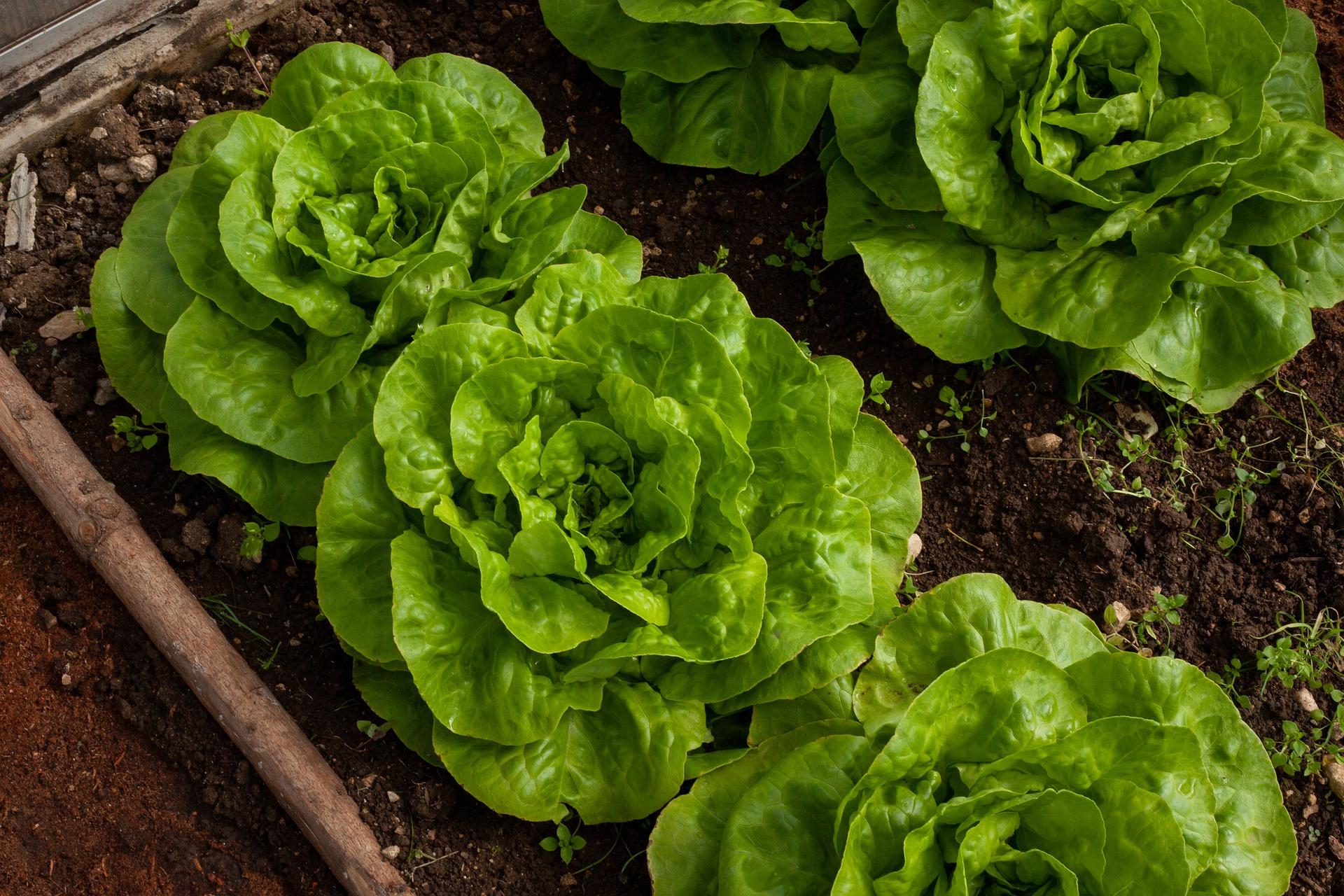
- Onion. Onions have a strong scent that can help to repel pests. They are also said to improve the flavor of broccoli.

- Potato. Potatoes and broccoli are both heavy feeders, so they can benefit from each other's nutrients.

- Radish. Radishes are a fast-growing crop that can be planted between broccoli plants. They will help to suppress weeds and improve the soil quality.
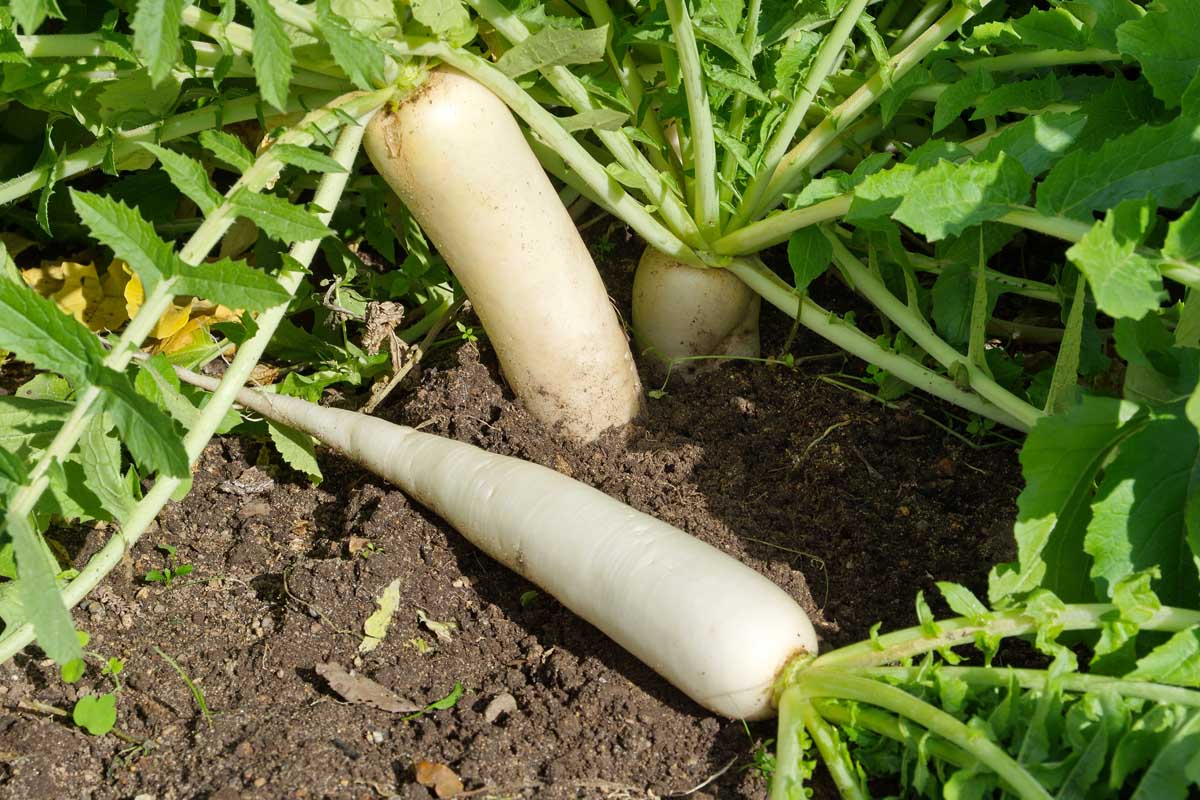
- Rosemary. Rosemary is a fragrant herb that can help to repel pests. It is also said to improve the flavor of broccoli.

In addition to these plants, there are a few other companion plants that should be avoided when planting broccoli. These include:
- Cabbage. Broccoli and cabbage are both members of the brassica family, so they are susceptible to the same pests and diseases. Planting them together can increase the risk of infection.

- Cucumber. Cucumbers and broccoli have different water requirements. Planting them together can lead to one plant getting too much water and the other getting too little.

- Tomato. Tomatoes and broccoli have different pH requirements. Planting them together can make it difficult for both plants to thrive.
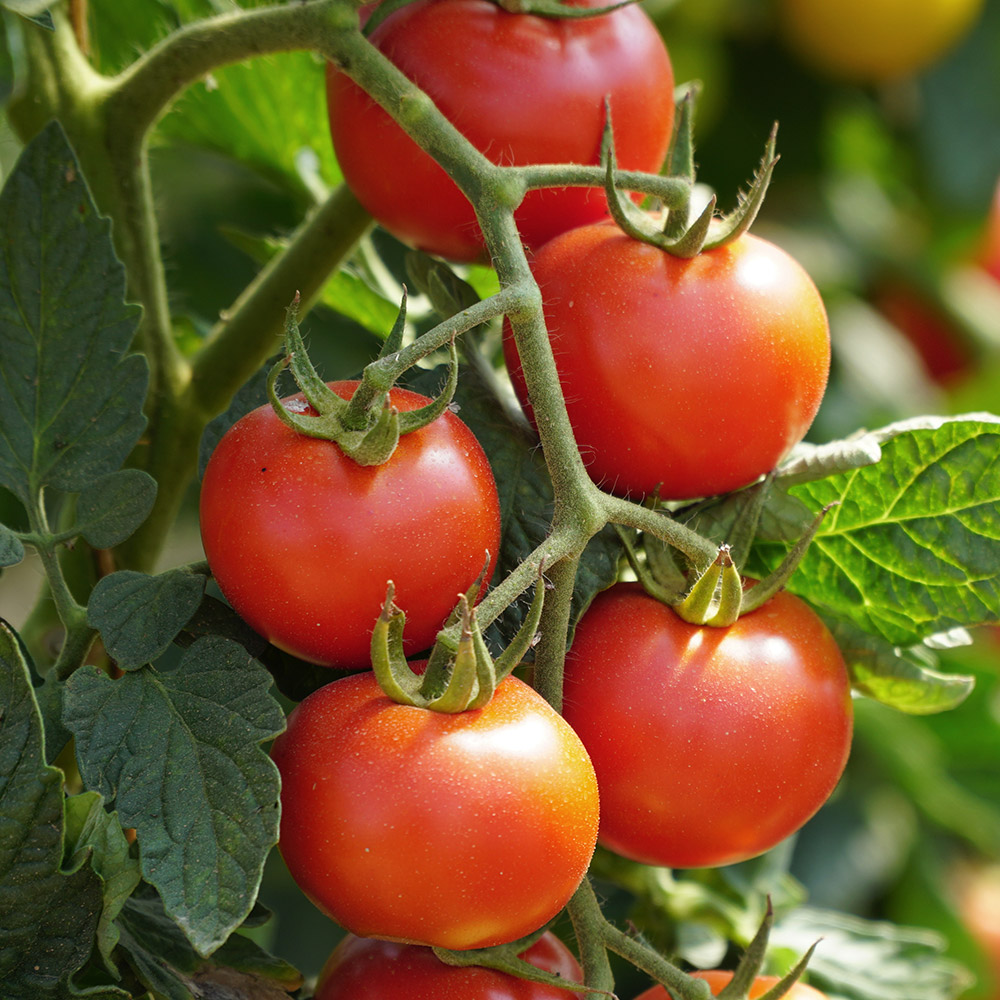
By planting broccoli with the right companion plants, you can help to protect your plants from pests and diseases, improve their flavor, and increase their yields.
Broccoli Companion Plants
Broccoli is a delicious and nutritious vegetable that can be grown in many different climates. But did you know that there are certain plants that can help broccoli grow even better? These are called companion plants, and they can provide a number of benefits to broccoli, such as:
- Reducing pests and diseases: Some companion plants can help to repel pests and diseases that can damage broccoli. For example, chamomile and nasturtiums can help to deter cabbage moths, while onions and garlic can help to repel aphids.
- Attracting beneficial insects: Other companion plants can attract beneficial insects that help to pollinate broccoli and control pests. For example, dill and basil can attract pollinators, while ladybugs are attracted to chamomile.
- Improving soil quality: Some companion plants can help to improve the soil quality around broccoli, making it more nutrient-rich and easier for broccoli to grow. For example, legumes such as beans and peas can fix nitrogen in the soil, while beets can help to improve drainage.
If you're growing broccoli in your garden, I encourage you to do some research on companion plants. There are many different plants that can benefit broccoli, and finding the right ones for your garden can help you to grow the healthiest and most productive broccoli possible.
For more information about broccoli companion plants, please visit Garden Wiki.
FAQ of broccoli companion plants
- What are the best companion plants for broccoli?
Some of the best companion plants for broccoli include:
Alliums: Garlic, onions, and chives all have strong scents that repel pests that can damage broccoli, such as aphids, cabbage worms, and slugs.
Herbs: Basil, dill, mint, oregano, rosemary, and thyme all help to deter pests and attract beneficial insects that help to pollinate broccoli.
Flowers: Marigolds and nasturtiums are both attractive to beneficial insects, and they also help to repel pests.
Other vegetables: Beets, celery, lettuce, potatoes, rhubarb, and spinach all make good companion plants for broccoli. They help to suppress weeds and improve the soil quality.
What should I avoid planting next to broccoli?
Some plants that should be avoided planting next to broccoli include:
Nightshades: Tomatoes, eggplants, and peppers can have an adverse effect on broccoli.
Cabbage and cauliflower: These plants are closely related to broccoli, and they can compete for nutrients and water.
Beans: Beans can attract bean beetles, which can also damage broccoli.
What season is best to plant broccoli?
Broccoli can be planted in spring or fall. In the spring, plant broccoli about 6 weeks before the last frost. In the fall, plant broccoli about 6 weeks before the first frost.
- How do I plant broccoli companion plants?
When planting broccoli companion plants, it is important to consider the spacing requirements of each plant. For example, alliums need more space than herbs, so you will need to plant them further apart.
It is also important to consider the sun and water requirements of each plant. For example, broccoli needs full sun and regular watering, so you will need to plant it with other plants that have similar requirements.
- How do I care for broccoli companion plants?
The care requirements for broccoli companion plants vary depending on the type of plant. However, some general tips for caring for broccoli companion plants include:
- Water regularly, especially during hot weather.
- Fertilize every few weeks with a balanced fertilizer.
- Control weeds and pests.
Image of broccoli companion plants
- Beet. Beets and broccoli make a great companion plant pairing because they have different nutrient needs. Beets require more calcium than broccoli, so they can help to balance out the soil's pH.

- Celery. Celery is another great companion plant for broccoli because it helps to repel pests. The strong scent of celery can deter aphids, cabbage moths, and other pests that can damage broccoli plants.
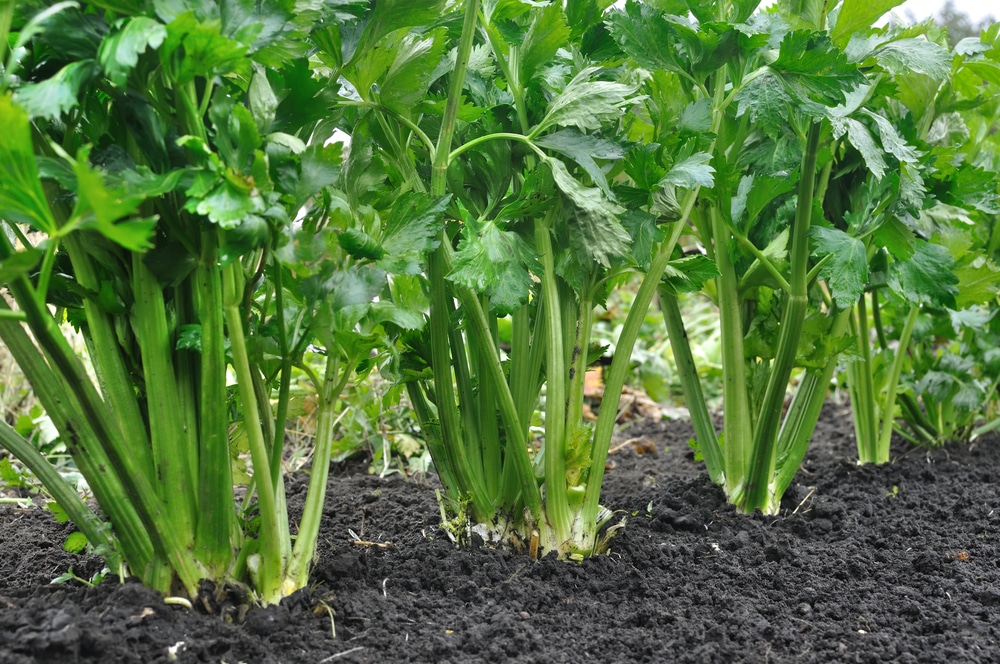
- Chamomile. Chamomile is a flowering plant that can help to improve the flavor of broccoli. It also helps to repel pests and attract beneficial insects.
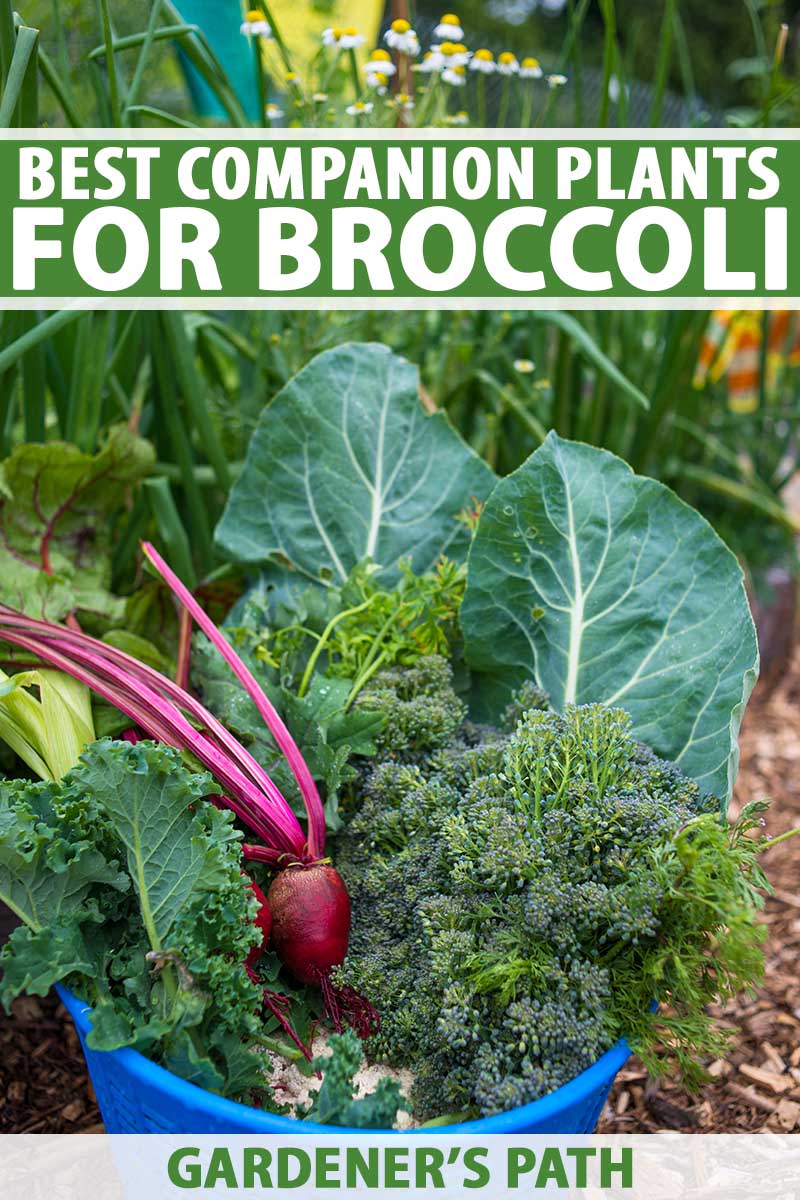
- Lettuce. Lettuce is a cool-season crop that can be planted alongside broccoli. Lettuce helps to suppress weeds and attract beneficial insects.

- Onions. Onions and garlic are both members of the allium family, and they can help to repel pests that can damage broccoli plants.

- Potatoes. Potatoes and broccoli can be planted together because they have different nutrient needs. Potatoes require more nitrogen than broccoli, so they can help to balance out the soil's nutrients.
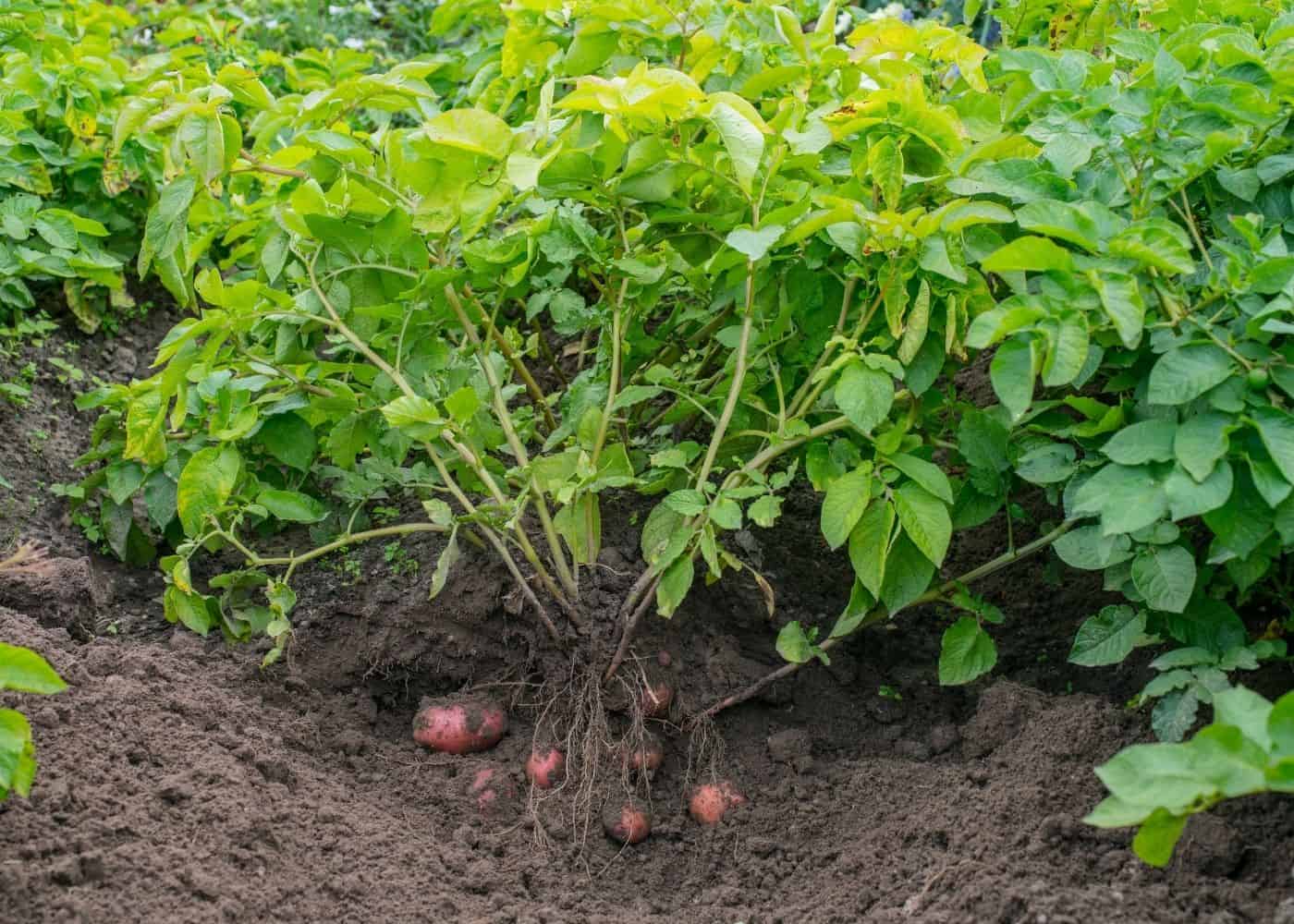
- Rhubarb. Rhubarb is a tall, leafy plant that can help to shade broccoli plants. This can help to protect broccoli plants from the sun's harsh rays.
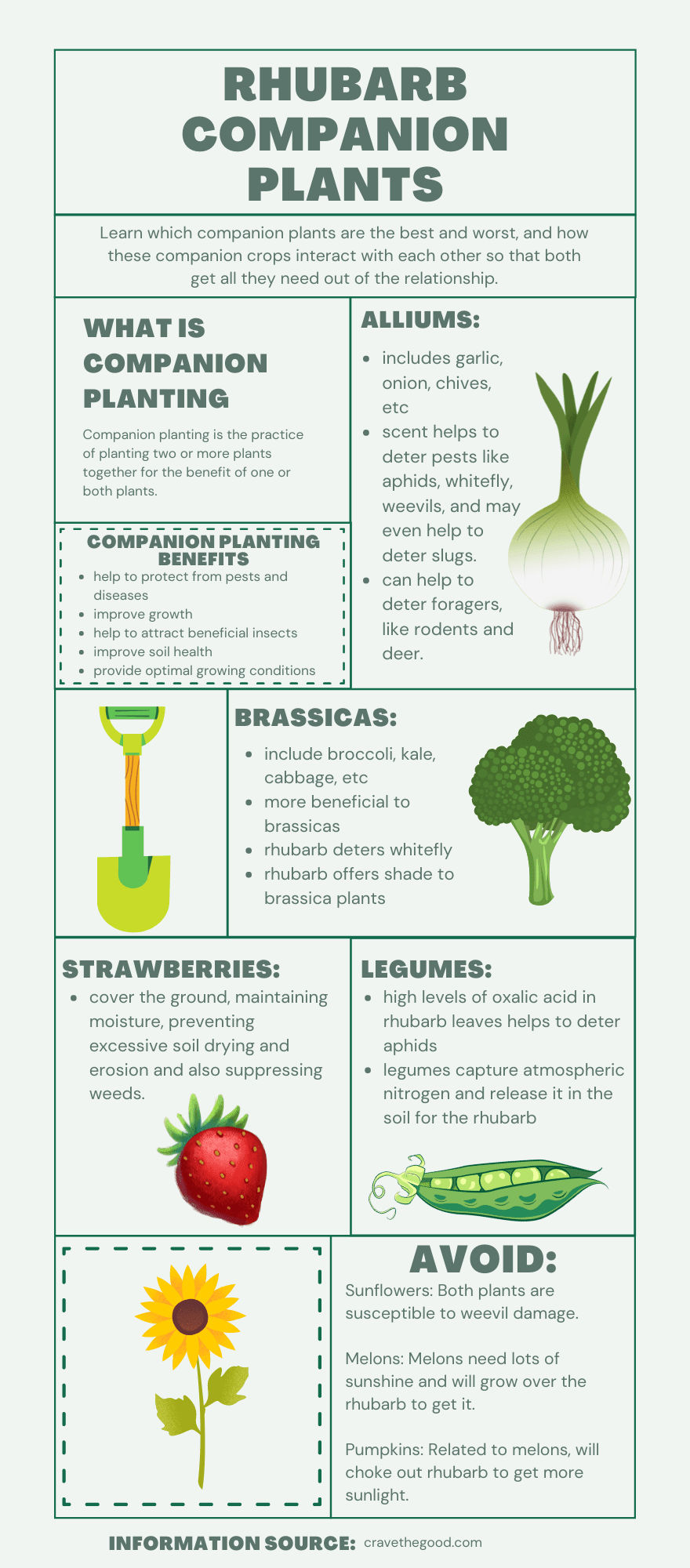
- Rosemary. Rosemary is a fragrant herb that can help to repel pests. It also helps to improve the flavor of broccoli.

- Shallots. Shallots are a type of onion that can help to repel pests. They also help to improve the flavor of broccoli.
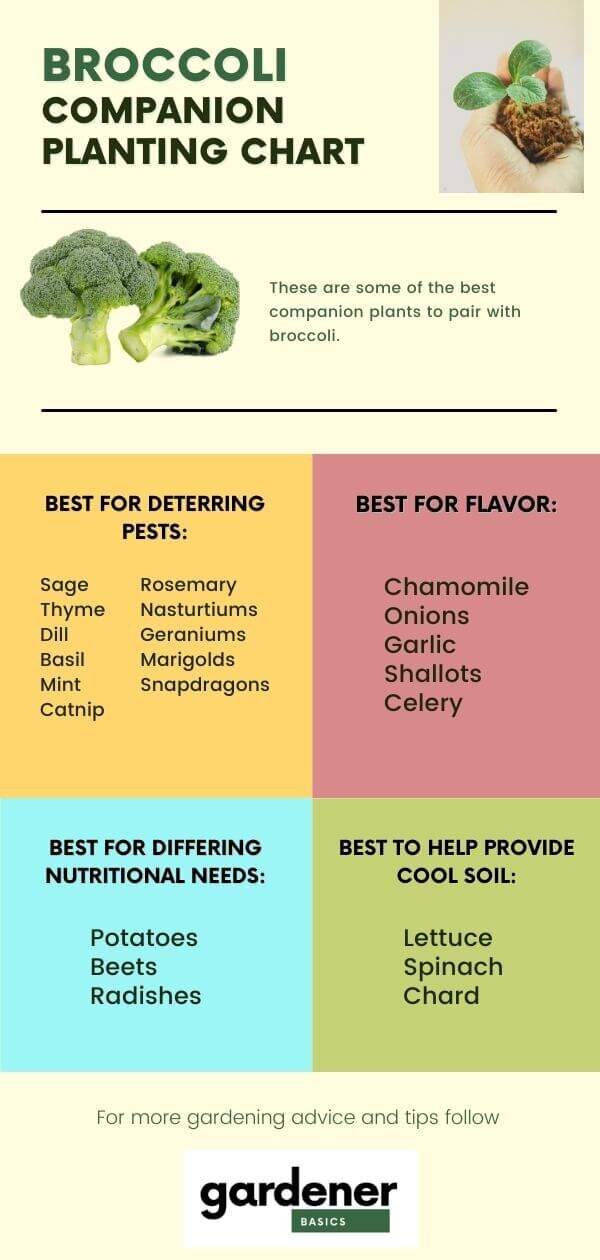
Post a Comment for "The Ultimate Guide To Broccoli Companion Planting"